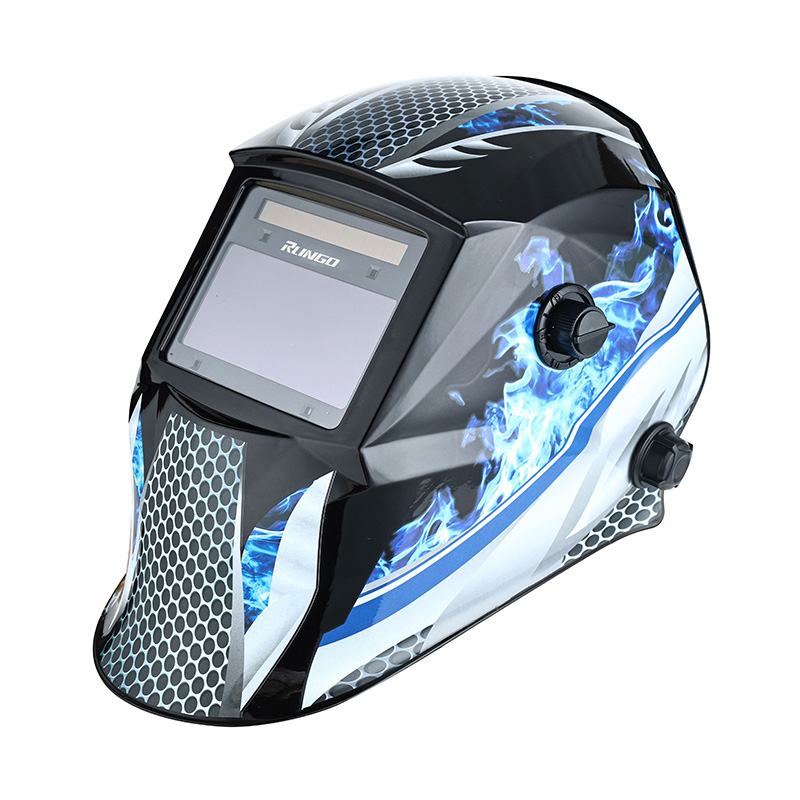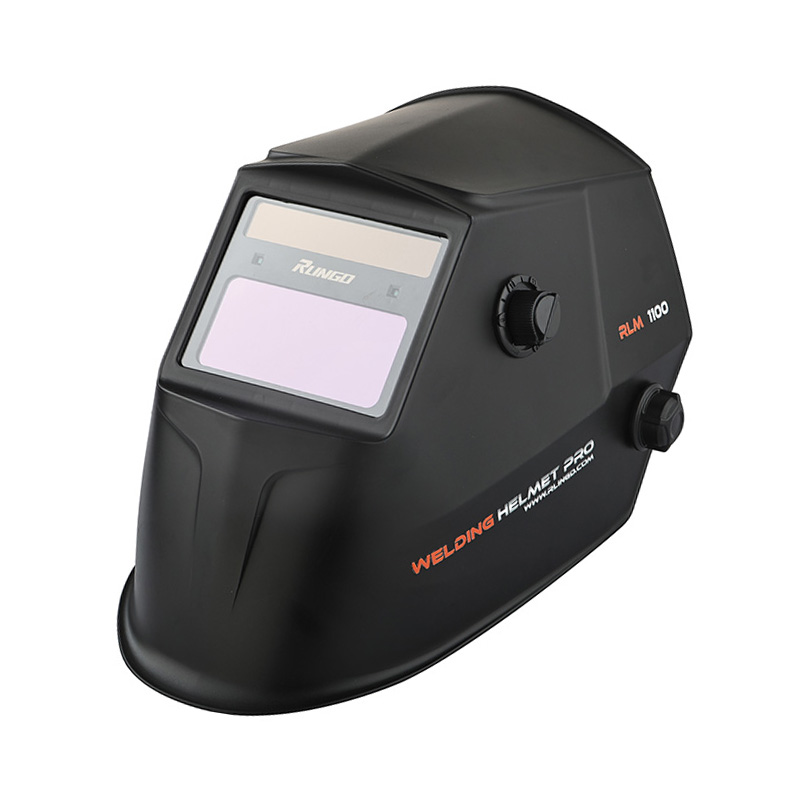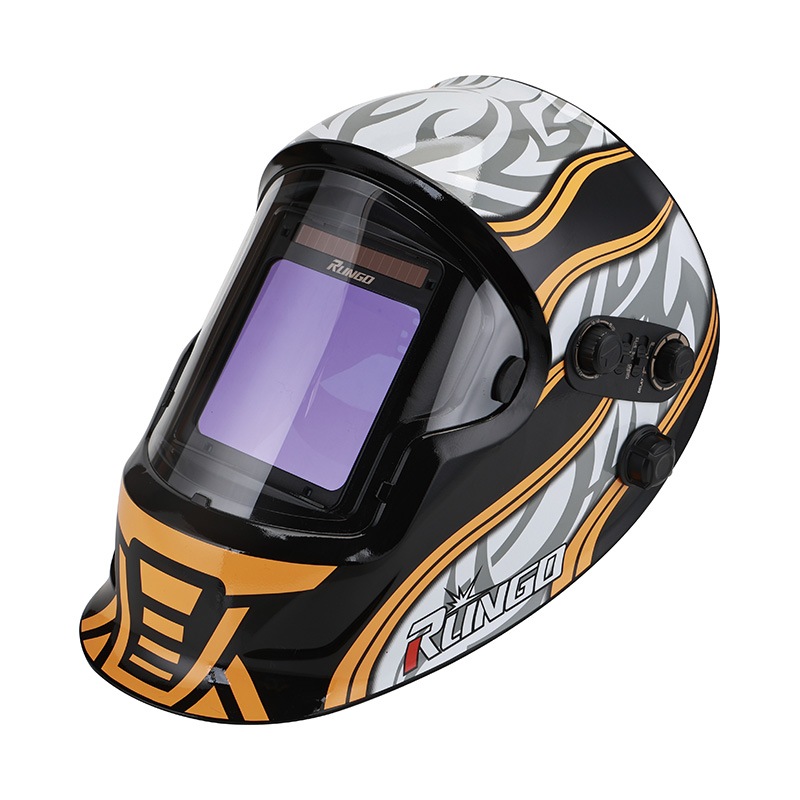The Swiftness of Vision Auto Darkening in Welding Hoods
2025-04-11
High Quality Design Welding Hood Auto Darkening Producer
In the world of welding, protection is paramount, and the Welding Hood Auto Darkening (ADH) technology has become a staple for ensuring welders' eyes are safeguarded from the intense light and harmful UV radiation emitted during the process. The question of how quickly these Welding Hood Auto Darkening systems react to changes in light intensity is crucial, as it directly impacts the welder's ability to work efficiently and safely. This article delves into the speed at which Welding Hood Auto Darkening lenses transition from clear to dark and vice versa, examining the factors that influence this critical feature.

The speed of the Welding Hood Auto Darkening process is a measure of how rapidly the lens can adjust its shade in response to the arc's light. This is not just a matter of convenience; it's a matter of safety. Welders require a seamless transition that keeps their eyes protected without打断 their workflow. The technology behind Welding Hood Auto Darkening systems is sophisticated, utilizing light sensors that trigger the lens to darken when the arc is struck and return to a clear state when the light intensity decreases.
The speed of the Welding Hood Auto Darkening reaction is typically measured in milliseconds, with the models achieving near-instantaneous transitions. This rapid response time is essential for welders who work with various welding processes, such as Stick, MIG, TIG, and plasma cutting, each of which emits different levels of light intensity. A slow-to-darken hood could leave a welder's eyes exposed to harmful light, while a slow return to a clear state could delay the welder's ability to see their work.
Manufacturers of Welding Hood Auto Darkening systems invest heavily in research and development to improve the speed and accuracy of their products. The models incorporate advanced electronics and sophisticated algorithms that enhance the sensitivity of the light sensors, ensuring the lenses darken and clear quickly and accurately. This technology not only protects the welder's eyes but also enhances their overall welding experience by providing a clear, undistorted view of the workpiece.
One of the key factors affecting the speed of the Welding Hood Auto Darkening process is the quality of the electronics and the design of the lens. High-quality electronics can process the light sensor's input more quickly, causing faster transitions. Similarly, the design of the lens itself, including the type of glass used and the film layers applied, can influence how quickly the lens can change from clear to dark and back again.
Another aspect to consider is the welder's personal preferences and the specific requirements of their work. Some welders may prefer a slightly slower transition to dark, as it can help reduce the initial "shock" of the sudden change in light. Others may require a faster response to keep up with rapid welding techniques or changing welding environments. The Welding Hood Auto Darkening systems must be adaptable to these varying needs, offering adjustable settings that allow welders to customize the speed of the lens transition to suit their specific requirements.
In conclusion, the speed of the Welding Hood Auto Darkening process is a critical factor in the performance of these protective devices. The ability of the lens to quickly and accurately adjust its shade in response to changes in light intensity is essential for both the safety and productivity of welders. As technology continues to advance, we can expect the speed and efficiency of Welding Hood Auto Darkening systems to improve, further enhancing the welding experience and protecting the eyes of those who work in this demanding field.












